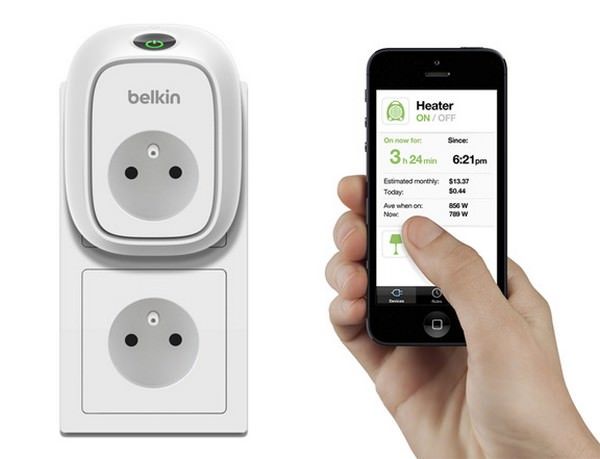

The blog post said a patch for the zero-day, dubbed CVE-2018-6692, may come out at the end of April, but details were not confirmed.

If consumers don’t use strong passwords for IoT devices and ensure they aren’t unnecessarily tied to critical network devices, bugs such as the Belkin Wemo vulnerability could allow cybercriminals to take over everything from smart TVs to desktops and even surveillance cameras, the researchers added. Using the action SetSmartDevInfo and corresponding argument SmartDevURL, the earlier vulnerability allowed third parties to fingerprint and exploit devices without the user’s permission. Researchers said the issue could be related to another bug with the Wemo dating back to 2015, which Belkin had patched. This not only included basic details, but also an on-camera demonstration of how the vulnerability could be exploited by dropping a root shell opened on a Wemo, as well as a proof-of-concept and exploit code. Researchers had informed Belkin about a remote code execution problem with its smart plug device on May 21, 2018. How the Belkin Wemo Becomes an IoT Attack Target The researchers suggested that threat actors are targeting a diverse range of internet of things (IoT) devices in the hopes of discovering one with a vulnerability, and then using default credentials to gain access.Įven though the Belkin Wemo is simply used to measure home energy usage, the fact that it’s connected to a network means it could become a gateway for cybercriminals to conduct a wide range of activities. The Belkin Wemo Insight smart plug is still at risk of zero-day attacks nearly one year after a vulnerability was first disclosed, security researchers discovered.īased on an analysis of recent samples of the Bashlite malware, the team at McAfee discovered Metasploit modules that target the Wemo UPnP protocol.


 0 kommentar(er)
0 kommentar(er)
